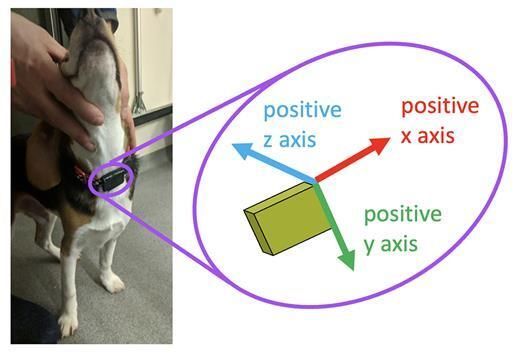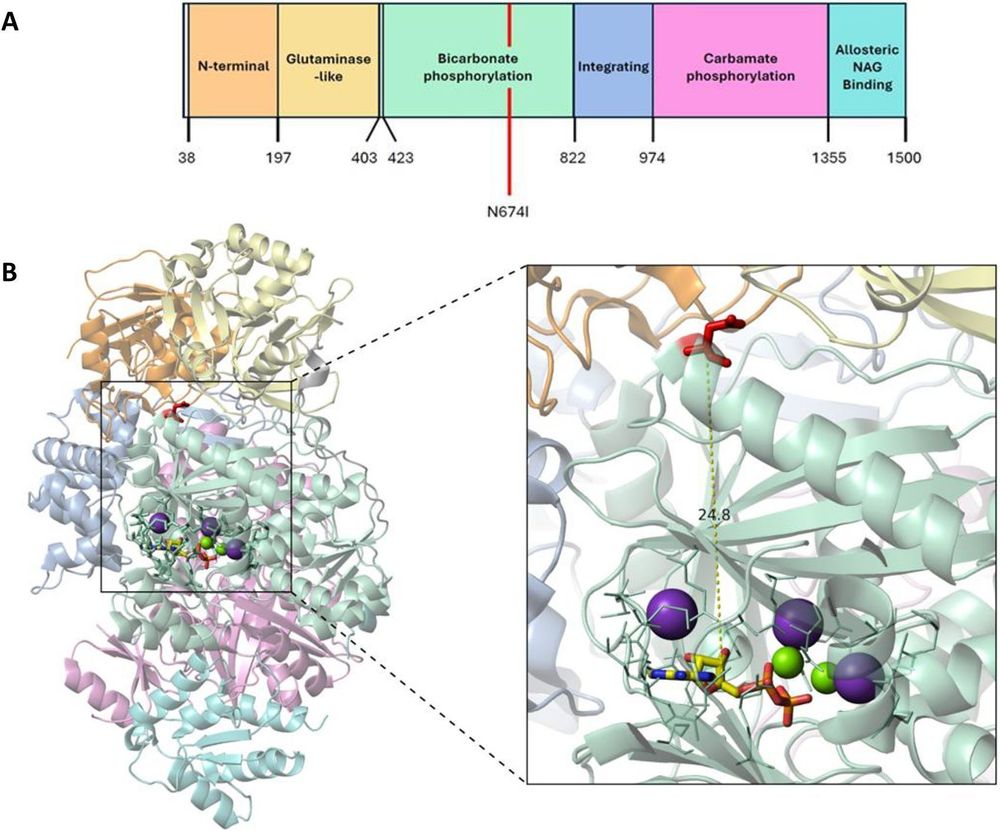DMM Journal
@dmmjournal.bsky.social
3K followers
100 following
230 posts
Disease Models & Mechanisms - discovery for human health. A
@biologists.bsky.social Open Access journal that publishes human disease research.
Posts
Media
Videos
Starter Packs
Pinned
Reposted by DMM Journal
Reposted by DMM Journal
Reposted by DMM Journal
Reposted by DMM Journal



![siCdk1 and siAnln decreased tumor burden in the DEN/PB HCC model. (A) Schematic overview of DEN/PB mouse model. At 2 weeks of age, male mice on the C3H strain background were given a single injection of DEN (25 mg/kg) 4 weeks before the start timepoint (-4w). At 6 weeks of age, mice were placed on 0.05% PB drinking water [start timepoint of 0 weeks (0w)]. Mice were injected with siRNA every other week starting at 12 weeks of age (6w), for a total of nine doses (with 5 mg/kg per dose) and sacrificed 1 week after the final dose (23w). (B) Liver weights for DEN/PB mice at 23 weeks after starting PB water, i.e. the final time point. (C) Liver-to-body-weight ratio for DEN/PB mice at the final time point. (D) Representative images of livers from DEN/PB mice at the final time point. (E) Surface tumor numbers were quantified using front and back images of each liver. (F) Representative immunofluorescence images of DEN/PB livers obtained from mice as indicated. Staining was against GS (red) to indicate the degree of WNT activation. Tumors are outlined by yellow dashed lines. One GS+ tumor was seen in the PBS group. Nuclei were stained with DAPI (blue). Scale bars: 800 μm. For panels B, C and E, the P-values with respect to the PBS group are shown above each group.](https://cdn.bsky.app/img/feed_thumbnail/plain/did:plc:5jupfg23qpjk2643o6aeftly/bafkreia346vromeksdvvhk4ikwhmd5jzwh35ijdqviiprwfwklidcshhqm@jpeg)

















